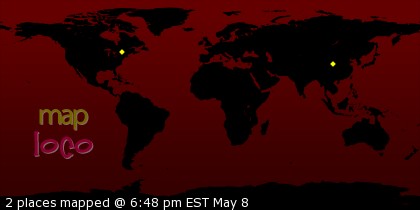I just read over the past month of posts. There is a lot of good discussion here. I am glad I can rely on other people, when I am under the weather or have a dying computer.
I am writing this on my laptop, which does not have a name. My first desktop (a homely grey IBM) was The Grey Toad. My second desktop (a lovely little iMac) was Little Blue. The current desktop (currently being repaired) is Moby Mac, the great white computer, due to its weight. There is a lot to like about the original eMacs, but they are not light. We bought a small two-wheeler to take it to the Apple store.
Why don't I name laptops? I don't know. I sometimes call this machine The Little Guy.
Plots are endoskeletons. Short stories can get by without serious plots, the way small animals can get by with shells and skins. When a story gets to a certain size, it cannot survive without a pretty strong internal structure.
I usually think of plot as an action line, though this may be because SF has pulp roots and pulp fiction (aka tales of ripping adventure for manly boys and boyish men) tends to be action driven. I guess there is pulp fiction for girls and women, but I didn't read it as a kid.
The action can be physical. My novellas and novelettes often describe trips. In this case, the plot is a map or a AAA triptick.
It can be the classic plot out of drama: a problem which leads to conflict and crisis and then to resolution. See Aristotle and Shakespeare for more detail.
Henry James wrote a wonderful short novel titled Washington Square, which is about the main character's failure to make a choice. You could call the novel a problem without a crisis, a conflict without a resolution. But what drives the novel is the need to make a choice, which is not -- in the end -- made. (I think I am remembering correctly. It's been decades since I read the novel.) In a sense, it is a book that turns on lack of action.
More later. I need to do some thinking.
Sunday, October 22, 2006
Subscribe to:
Post Comments (Atom)





No comments:
Post a Comment